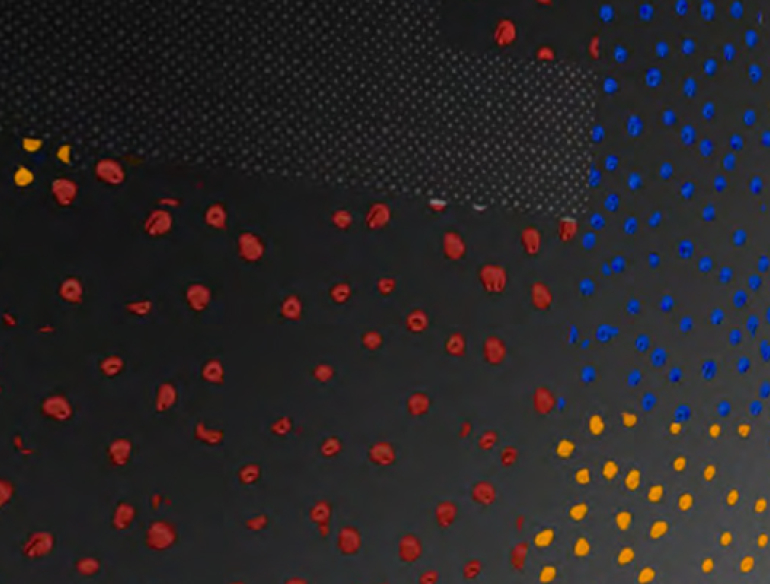- Jurisdictions identified 139 communities as being at risk of trachoma. Of at‑risk communities, 67% (94/139) required screening and/or treatment for trachoma according to current guidelines, with 20% (19/94) requiring treatment but not screening.
- A total of 3,755 children aged 5–9 years in at‑risk communities were examined for clean faces.
- The overall prevalence of clean faces in children aged 5–9 years was 81%, with 85% in the NT and 72% in SA and WA and 89% in NSW.
- Trachoma treatment strategies were applied in 51 communities, 100% of those requiring treatment.
- Overall 8,356 adults aged 15 years and over were screened for trichiasis. It is acknowledged that the data provided may not include trichiasis screening undertaken as part of the Adult Health Check MBS Item 715 in WA and SA. The NTSRU will be working with the Department of Health to obtain these figures for future reports.
Trachoma, an eye infection caused by the bacteria Chlamydia trachomatis serotypes A, B, Ba and C., continues to be the world’s leading cause of infectious, preventable blindness and the fifth leading cause of blindness. Endemic to more than 50 countries globally, it is estimated more than 21 million people are infected with active trachoma. Transmission of the disease occurs through close facial contact, hand‑to‑eye contact, via fomites (towels, clothing and bedding) or by flies. Trachoma generally occurs in dry, dusty environments and is linked to poor living conditions and personal hygiene behaviours. Overcrowding of households, limited water supply for bathing and general hygiene, poor waste disposal systems and high numbers of flies have all been associated with trachoma. Children commonly have the highest prevalence of trachoma and are believed to be the main reservoirs of infection, because the infection in children has a longer duration than in adults.
Australia is the only high‑income country where trachoma is still endemic. It occurs primarily in remote and very remote Aboriginal communities in the Northern Territory (NT), South Australia (SA) and Western Australia (WA). In 2008, cases were also found in New South Wales (NSW) and Queensland (Qld), states where trachoma was believed to have been eliminated. However, cases of trachomatous scarring are believed to be present in all jurisdictions and sub‑jurisdictional regions of Australia. In 2009, the Australian Government invested in the Closing the Gap ‑ Improving Eye and Ear Health Services for Indigenous Australians measure which included committing $16 million over a four‑year period towards eliminating trachoma in Australia. In 2013, the Australian Government committed a further $16.5 million to continue, improve and expand trachoma control initiatives in jurisdictions with known endemic levels of trachoma. Funding was also provided to jurisdictions with a previous history of trachoma for screening activities to ascertain if control programs were also required. These funds were also committed to establishing a strong framework for monitoring and evaluation.
The National Trachoma Surveillance and Reporting Unit (NTSRU) is responsible for data collation, analysis and reporting related to the ongoing evaluation of trachoma control strategies in Australia. From late 2010, the NTSRU has been managed by The Kirby Institute, UNSW Australia. For previous reports from 2006 to 2008, the NTSRU was managed by The Centre for Eye Research Australia18‑20 and the 2009 report was managed by the Centre for Molecular, Environmental, Genetic and Analytic Epidemiology, the University of Melbourne. The NTSRU operates under contract with the Australian Government Department of Health.
